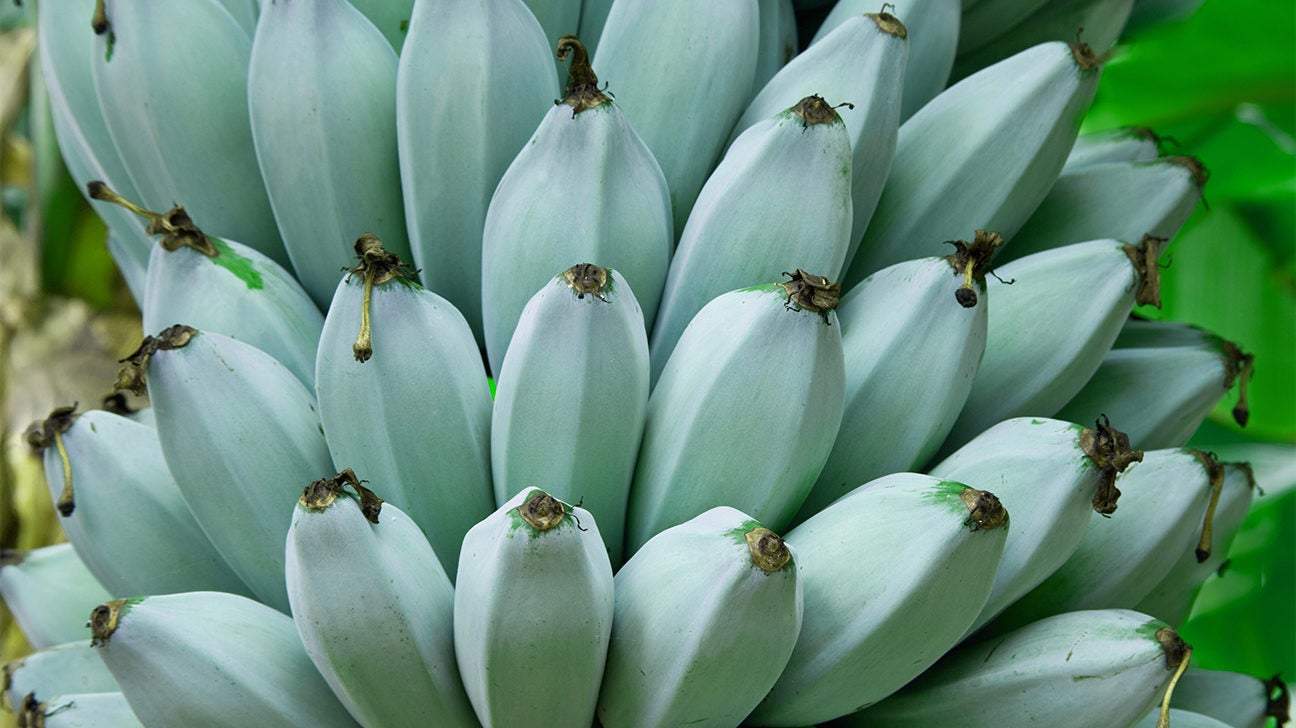
Bananas are extremely susceptible to damage by flooding, continuously wet soils, and soil with inadequate drainage. However, caution should be exercised against over-irrigation. Since an adequate soil moisture is essential for good production, particularly during the dry months of the year, provision should be made for irrigation. This is especially important during prolonged dry weather conditions. Bananas need about 4 to 6 inches of water per month for normal growth and production or about 1 to 1.5 inches of water should be applied per week. Drought results in increased time to flowering and fruiting, reduced fruit size, fruit number, and crop yields. Some banana plant varieties will even survive temperatures in the single digits.īananas require large amounts of water and are very sensitive to drought. Banana trees thrive in every humid tropical region of the world but will also adapt to the temperate climates of North America. The banana tree plant is one of the largest fruit crops in the world and has been a part of the human diet since pre-recorded history. Originating in the Indo-Malaysian region, the popularity of the banana has spread this plant across the globe to every continent except Antarctica. Buy fruit trees online with Willis Orchards now. The beds will place most of the root system of banana trees above the saturated soil layer and proper sloping of the ditches between beds should allow for drainage of excessive water off the land.

In areas susceptible to wet or flooded soil conditions, sufficiently construct high beds or mounds to properly slope the land for water drainage should be done. The most important factor is soil drainage. However, most cultivars perform satisfactorily on the sandy, loamy, mucky and rocky soils. The banana plants we have for sale do best on a flat, well drained, deep soil, high in organic matter with a pH of 5.5-7.0. Willis Orchard Company offers a wide variety of banana trees and plants for sale to ensure your beautiful tropical and edible landscape. They are easy to grow and are also conducive for container growing in northern climates. Banana plants are popular across the southern part of the United States for outdoor growing. The long slender yellow fruits are packed with energy giving sugars and has long been associated as a part of a healthy diet for its numerous nutritional benefits. The banana plant is widely used as an ornamental tree to create a tropical feel, with the fruit being an occasional benefit. Typically the warmest location in the home landscape is near the south or southeast side of the house. Strong winds can play havoc on the banana leaf, often tattering and tearing banana trees badly. The planting site should be chosen carefully for protection from wind and cold weather. Ornamental and fruiting banana trees grow the best under warm conditions but have been reported to be shade tolerant.

One of our most popular varieties, the Cavendish, was introduced to the US in the 1950's and has become the export industry standard for bananas. Willis Orchard Company has a nice selection of fourteen different varieties to choose from, though it has been reported that there are more than 500 cultivars available world wide.


 0 kommentar(er)
0 kommentar(er)
